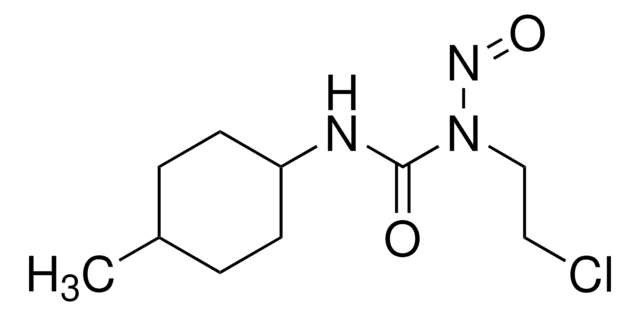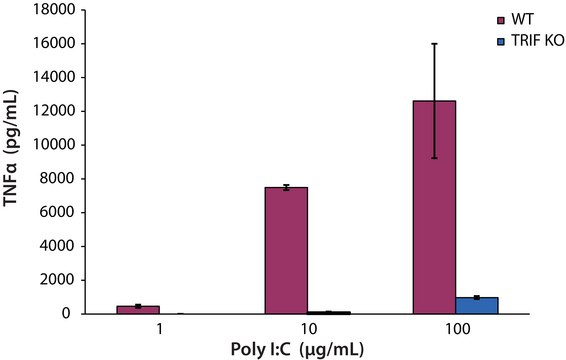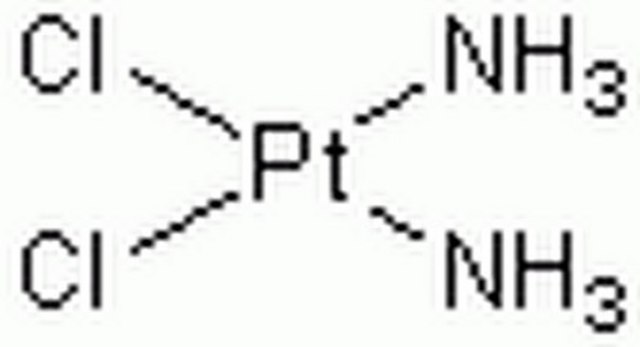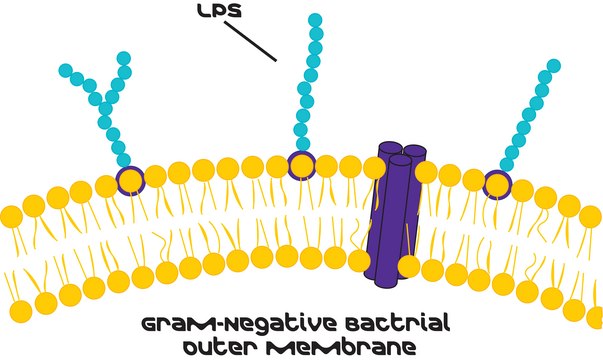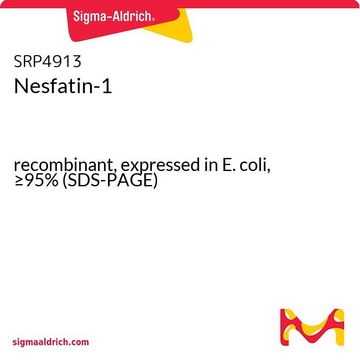N1517
N-Nitroso-N-methylurea
ISOPAC®
Synonym(s):
MNU, N-Methyl-N-nitrosourea
About This Item
Recommended Products
storage temp.
2-8°C
SMILES string
CN(N=O)C(N)=O
InChI
1S/C2H5N3O2/c1-5(4-7)2(3)6/h1H3,(H2,3,6)
InChI key
ZRKWMRDKSOPRRS-UHFFFAOYSA-N
Looking for similar products? Visit Product Comparison Guide
Biochem/physiol Actions
Packaging
Caution
Reconstitution
Legal Information
ISOPAC of
Signal Word
Danger
Hazard Statements
Precautionary Statements
Hazard Classifications
Acute Tox. 3 Oral - Carc. 1B - Flam. Sol. 2 - Repr. 1B
Storage Class Code
4.1B - Flammable solid hazardous materials
WGK
WGK 1
Flash Point(F)
Not applicable
Flash Point(C)
Not applicable
Personal Protective Equipment
Regulatory Information
Choose from one of the most recent versions:
Already Own This Product?
Find documentation for the products that you have recently purchased in the Document Library.
Which document(s) contains shelf-life or expiration date information for a given product?
If available for a given product, the recommended re-test date or the expiration date can be found on the Certificate of Analysis.
How do I get lot-specific information or a Certificate of Analysis?
The lot specific COA document can be found by entering the lot number above under the "Documents" section.
What is the purity of N-Nitroso-N-methylurea - ISOPAC®, Product N1517?
Product No. N1517 is not assayed for purity.
Is N-Nitroso-N-methylurea - ISOPAC®, Product N1517, hazardous material?
Yes, N-Nitroso-N-methylurea (MNU) is extremely hazardous. It is a known carcinogen. N1517 is packaged as an ISOPAC so that the material does not need to weighed out. Any precautions that one can take to minimize handling the material would be advisable.
What is N-Nitroso-N-methylurea - ISOPAC®, Product N1517, soluble in?
Dissolving the contents in 100 mL of solvent yields a 1% solution. We would recommend using either ethanol or DMSO as the solvent. MNU has very poor stability in aqueous solutions.
The package size of N-Nitroso-N-methylurea - ISOPAC®, Product N1517, is 1 gram (N1517-1G), but I see that this product also contains acetic acid and water. How much of each is in the bottle?
Each bottle contains 1 gram of MNU. There is a significant amount of acetic acid and water present; the specific quantities are given on the certificate of analysis of each lot. Including the acetic acid and water, the total amount of material in each bottle will typically be in the 1-2 gram range.
How do I find price and availability?
There are several ways to find pricing and availability for our products. Once you log onto our website, you will find the price and availability displayed on the product detail page. You can contact any of our Customer Sales and Service offices to receive a quote. USA customers: 1-800-325-3010 or view local office numbers.
What is the Department of Transportation shipping information for this product?
Transportation information can be found in Section 14 of the product's (M)SDS.To access the shipping information for this material, use the link on the product detail page for the product.
My question is not addressed here, how can I contact Technical Service for assistance?
Ask a Scientist here.
Our team of scientists has experience in all areas of research including Life Science, Material Science, Chemical Synthesis, Chromatography, Analytical and many others.
Contact Technical Service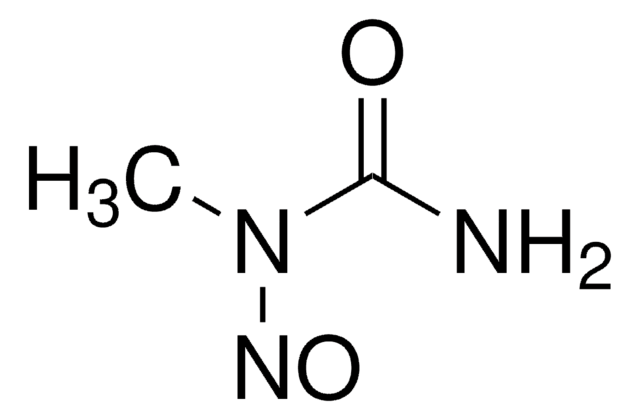
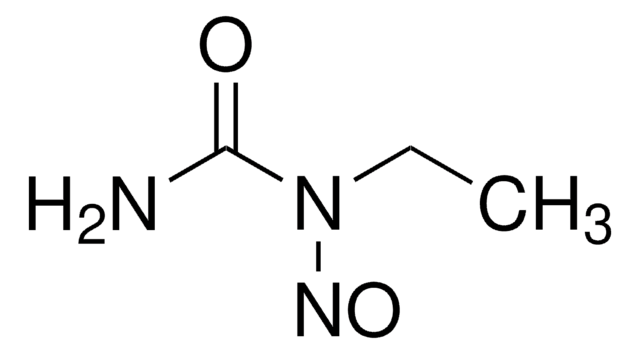
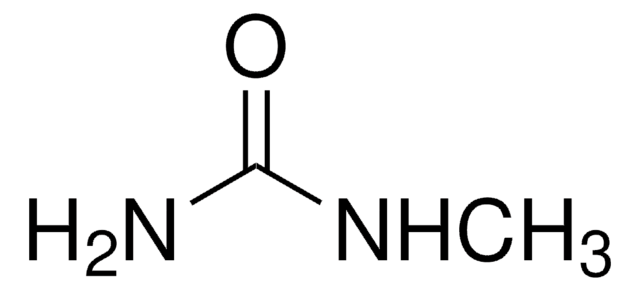
![7,12-Dimethylbenz[a]anthracene ≥95%](/deepweb/assets/sigmaaldrich/product/structures/412/055/38b415a1-d982-4da4-8ba4-593eef24ee6d/640/38b415a1-d982-4da4-8ba4-593eef24ee6d.png)
